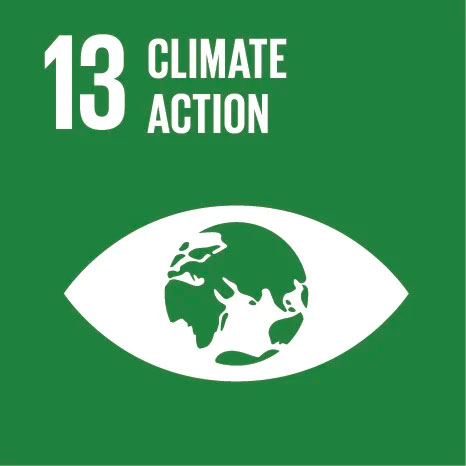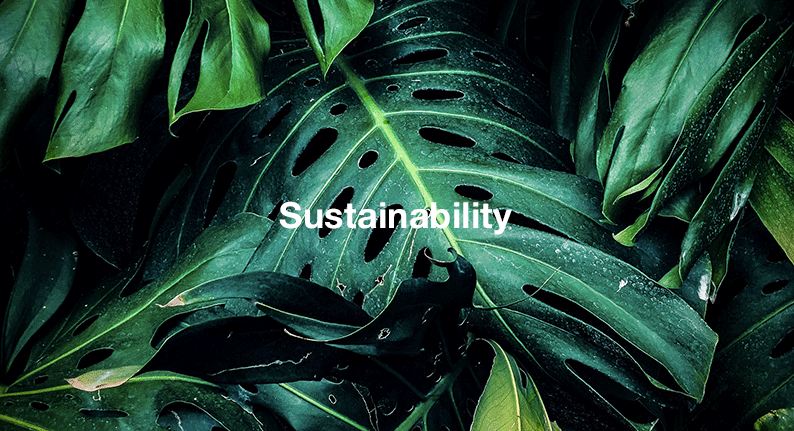Sustainable Development Goals 13: Climate Action
25 Apr, 2020 1:54 AM / by Quek Leng Chuang

How We Relate to Sustainable Development Goals 13: Climate Action
Rising sea levels, hotter weather, natural disasters all over the world: Climate change sounds like a dystopic film. As we are increasingly faced with real extreme weather events like the Australian forest fires in early 2020 in our media, a lot of businesses and individuals feel like they cannot do something that will have a measurable impact against climate change.
If you work on running your business with less carbon emissions, you probably will not see immediate effects. However, as more businesses lower their greenhouse gas emissions, we can avert the effects of climate change and stabilize world climate in an effective way.
It is still possible to stop the most devastating effects of climate change, if we act together for a better future now! This will keep our world liveable for future generations.
As SDG 13 is one of the most important guidelines in our daily business at Environmental Solutions (Asia) and we’ll take you through:
- How climate change works and how we can stop it
- Aspects of SDG 13 – Climate action
- Why and how we realize SDG 13 in our business
1.How climate change works and how we can stop it
Climate change is based on the greenhouse gas effect. In general, greenhouse gases like CO2 have a major role in making our planet liveable as they retain heat from the sun in the atmosphere. This keeps the temperature of the planet at levels that are suitable for our current ecosystems and human life.
However, if the concentration of greenhouse gases in the atmosphere is too high, too much heat from the sun is retained and stays in the atmosphere. The earth is getting warmer on average. As this change happens very fast due to human activities, established natural climate systems are disturbed. This leads to natural disasters like too strong or too weak monsoons or forest fires due to extreme dry weather conditions. Another danger is also the rise of sea levels as both northern and southern ice caps are melting at ever-increasing rates.
Greenhouse gases – an introduction
CO2 is not the only greenhouse gas: The most common ones are Water vapour, Methane, Nitrous oxide, Ozone, Chlorofluorocarbons and Hydrofluorocarbons.
In 2010, globally 76% of carbon dioxide, 16% methane, 6% nitrous oxide and 2.5% of the remaining gases were emitted. CO2 is the most commonly discussed greenhouse gas and is also used as a uniform measurement for activities impacting our climate. However, all the greenhouse gases contribute to climate change!
Carbon dioxide is mainly issued by the burning of fossil energy sources (70%). This also the reason why we emit so much of it: A great share of our transportation, electricity and industrial systems depends on the use of fossil fuel as a source of energy.
The greenhouse effect of methane is 25 times stronger than the effect of carbon dioxide. Methane is released into the atmosphere whenever organic material undergoes anaerobic digestion e.g. sludges at water treatment plants and huge landfills with organic waste. If caught before it vanishes into the atmosphere, methane serves as a source of energy as it is a main component of natural gas.
Even though the percentage of nitrous oxide released into the atmosphere is so small, its impact is 300 times higher than the one of carbon dioxide! Nitrous oxide is mainly issued because of chemical fertilizer, factory farming and related agricultural activities.
F-gases have an incredible greenhouse gas power and are up to 23 000 times stronger than CO2. They are used in various consumer goods like air-conditioning and heat pump equipment, as solvents, in the electronic industry and in aerosols.
This shows that not only carbon emissions, but all the emissions are important to tackle in order to effectively combat climate change. The measurement of the greenhouse impact of activities in CO2 should be understood as a simplification.
Regarding economic sectors, 25% of greenhouse gas emissions are issued for producing electricity and heat, 24% for agriculture, forestry and related land use, 21% for industry, 14% for transportation, 6% for buildings and 10% for other energy uses.
This shows that greenhouse gases are a responsibility of all the economic sectors and that carbon dioxide is not the only greenhouse gas that has a remarkable impact on our world climate. Depending on the economic sector and the materials a company works with, it can find different ways to emit less greenhouse gases into the atmosphere.
2. Aspects of SDG 13 – Climate action
Like every SDG, No 13 consists of targets that we have to fulfill in order to implement this SDG. All the targets are made measurable by one or multiple indicators. SDG 13 contains five subtargets.
13.1 Strengthen resilience and adaptive capacity to climate-related hazards and natural disasters in all countries
13.2 Integrate climate change measures into national policies, strategies and planning
13.3 Improve education, awareness-raising and human and institutional capacity on climate change mitigation, adaptation, impact reduction and early warning
13.A Implement the commitment undertaken by developed-country parties to the United Nations Framework Convention on Climate Change to a goal of mobilizing jointly $100 billion annually by 2020 from all sources to address the needs of developing countries in the context of meaningful mitigation actions and transparency on implementation and fully operationalize the Green Climate Fund through its capitalization as soon as possible
13.B Promote mechanisms for raising capacity for effective climate change-related planning and management in least developed countries and small island developing States, including focusing on women, youth and local and marginalized communities
These goals as well as the measurable indicators mainly address governments of countries directly. Even though companies are not even mentioned here, our economic system as a whole is a huge, if not the most important lever to combat climate change. Basically, every company and every individual can work against climate change with their everyday actions. We do not need to rely on rules given by the government, but instead act for change in a proactive, innovative way!
The goals and targets do not mention specific numbers. Here, international agreements like the Kyoto Protocol and the Paris agreement come into play. In the Paris agreement, we find the 2 Celsius border that has often been reported and is seen as the most important target in the fight against climate change.
“Holding the increase in the global average temperature to well below 2 °C above pre-industrial levels and to pursue efforts to limit the temperature increase to 1.5 °C above pre-industrial levels…” – The Paris Agreement.
What does this mean? In NDCs (Nationally determined contributions), states set their emission targets. For example, the European Union promised to reduce its greenhouse gas emissions by 40% until 2030 (in relation to 1990 greenhouse gas emissions). Singapore aims for a 36% reduction of emissions until 2030 in relation to 2005 levels. Overall, the NDCs so far however are not sufficient to guarantee a temperature increase below 2 degrees celsius.
3. Why and How We Realize SDG 13 in our business
A malfunctioning world climate has backlashes on all of us. Also, our home country Singapore, a relatively rich state, feels the effects of climate change due to higher temperatures. Intensity and frequencies of rainfall might be altered. Singapore is otherwise seemingly untouched from greater natural disasters occurring in other parts of the world. However, we should not forget that our country largely depends on food imports from countries all over the world and also on conducting business with those in order to sustain and further develop our economic position. Moreover, rising sea levels could impact Singapore as surrounding areas will be severely touched by these, leading to refugee streams and potential problems with rice imports from low-lying rice farming areas e.g. in Thailand or Indonesia. (Reference)
Therefore, we see it as important to transform our system and to combat climate change also as a business. Every year, we measure and update our carbon footprint. Even though recycling processes require a lot of energy, they still emit less CO2 than natural mining. For example, recycling of Nickel leads to 99% lower CO2 emissions in comparison with natural mining!
For the heat and cooling energy we need, we installed solar panels on the roof of our factory site in Tuas. Moreover, we collect industrial waste wood like pallets and crates. In Singapore, a lot of this waste still ends on the landfill or is incinerated. When gasifying urban wood waste, we directly obtain zero carbon energy as the emissions issued during the process equal the emissions that the trees used for the crates extracted from the atmosphere. Through these two pillars of energy generation, we even generate surplus energy that we feed into the Singaporean grid.
Due to the nature of our business, we mainly focus on carbon dioxide emissions. However, as we divert of wood waste from the landfill, we can even save the environment from methane emissions.
With our new developments we work on to gasify food waste, striving to contribute to a decrease in methane emissions whilst obtaining a useful energy source.

Do you have any crates, pallets or other resources for urban wood waste? Don’t let it go to waste – use it to make a positive impact on the world climate. Get in touch with us today.
Topics: Carbon Neutrality, Carbon Offset, Corporate Social Responsbility, Environmental Offset, Reimagining Sustainability, Sustainability in Singapore
Written by Quek Leng Chuang
LengChuang is a chemical engineer and an expert in carbonomics. He is the founder and owner of Environmental Solutions (Asia) Pte Ltd.
